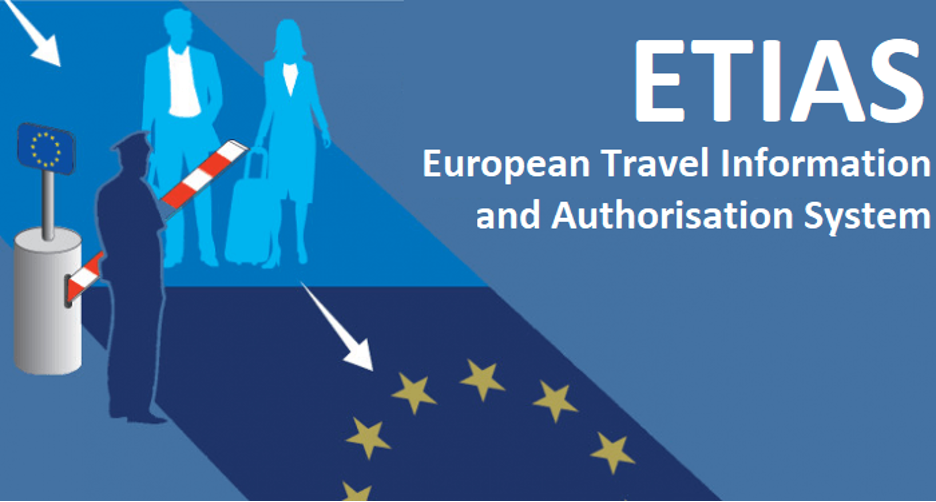Beginning in 2024, Americans will need a visa to visit Europe.

United States passport holders have long traveled throughout most of the world without having to worry about visa applications: American travelers currently have visa-free access to 184 destinations worldwide, according to this year’s Henley Passport Index. But that’s set to change next year, as the European Union prepares new travel document requirements for American tourists.
The new regulations are called the European Travel Information and Authorization System (ETIAS). When the system launches in early 2024, it will require visitors who currently travel to Europe visa-free—including citizens from the US, Canada, Australia, and New Zealand—to apply for travel authorization and receive approval prior to their departure.
ETIAS is not a visa in the traditional sense; it requires only a quick online application and payment of a minor fee. Visitors must fill out an online form providing details about their basic biographical information, travel plans, and travel history, as well as answer certain security questions.
Most applicants will be granted travel authorization via email within an hour, but if further verification is required, the process could take up to 96 hours. The application costs €7 (about $8) and is required for all travelers regardless of age. Once approved, the authorization is valid for multiple entries over the course of three years, or until the traveler’s passport expires.
The authorization will be required for travel to all ETIAS member countries, which include four categories: full Schengen members like Spain, France, and Italy; European Free Trade Association (EFTA) countries like Iceland, Norway, and Switzerland; future Schengen members such as Bulgaria and Cyprus; and European micro states such as Andorra and Monaco.
The goal of ETIAS is to tighten border security as well as digitally screen and track travelers entering and leaving member countries. Its purpose and application process are similar to the Electronic System for Travel Authorization (ESTA) program implemented for visitors headed to the USA.
As Europe gets ready to roll out its new ETIAS program, it is important to note the length of time Americans can spend in Europe as a tourist will not change. US passport holders are allowed to stay up to 90 days within a 180-day period. For any stay longer than 90 days, a special visa is required.
At the moment, the exact date when the new travel authorization will become a requirement is still unclear. So if you’re planning a trip for 2024, be sure to check the ETIAS site to see if the visa requirement has gone live.
Twist’s Take: Beginning in 2024, Americans will need a visa to visit Europe.

